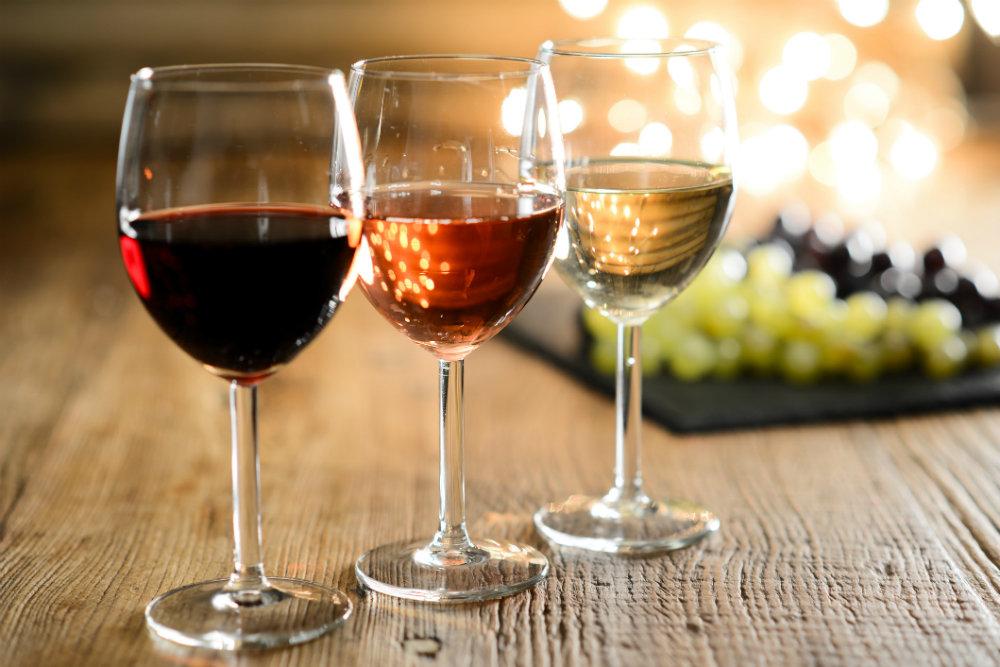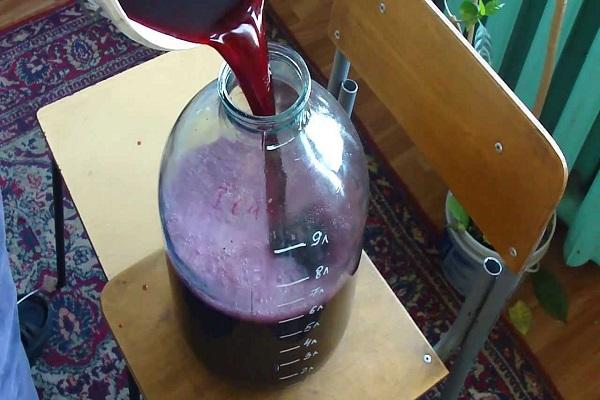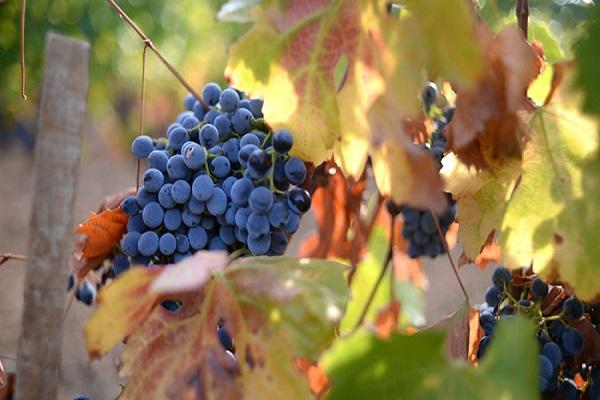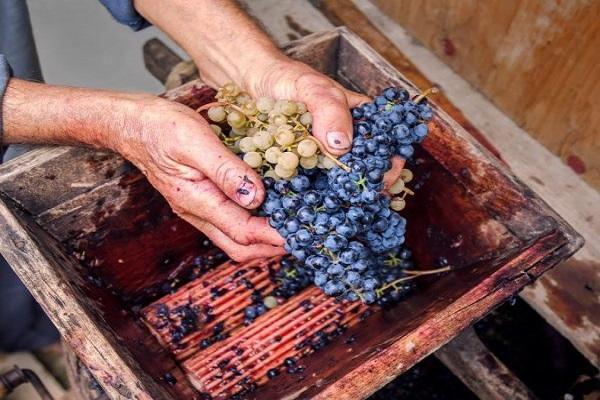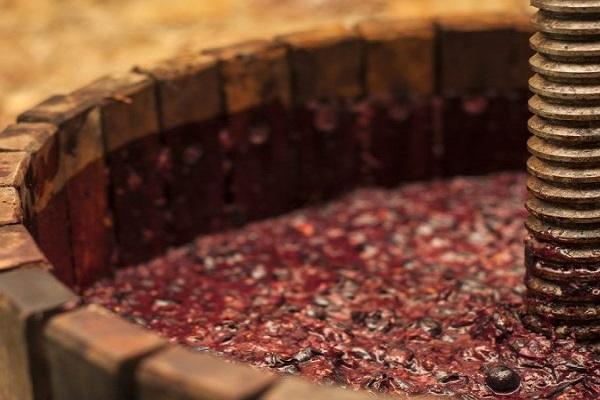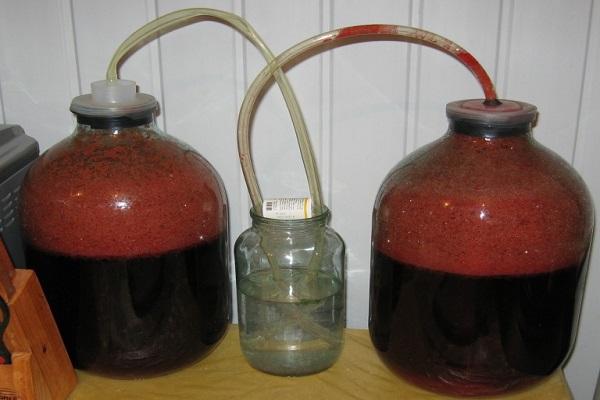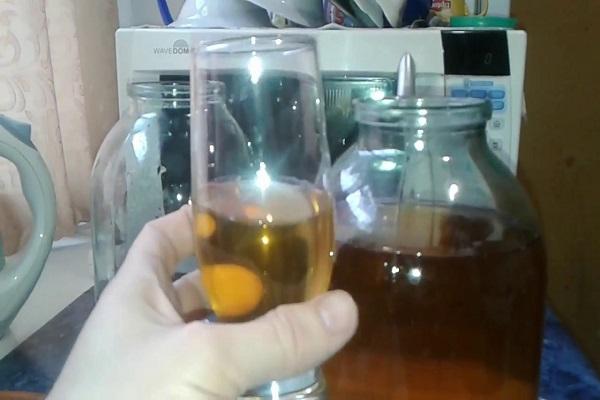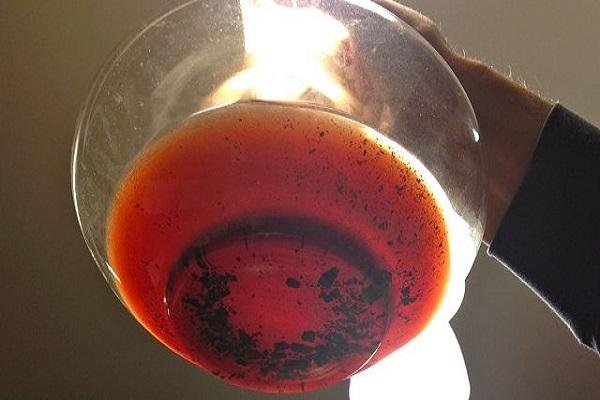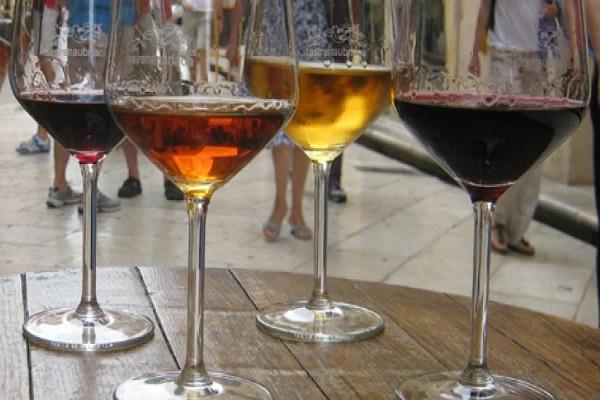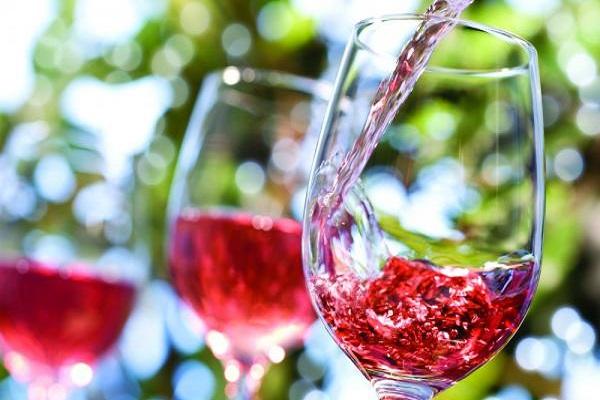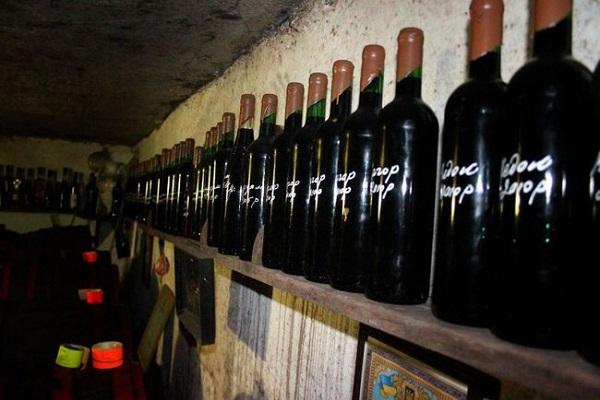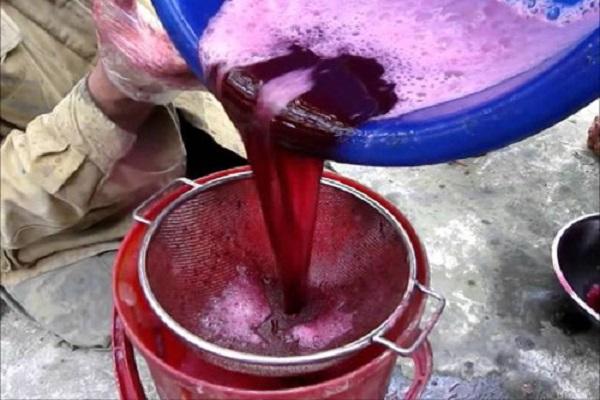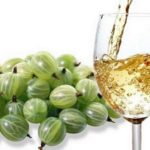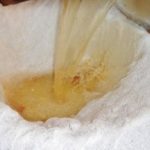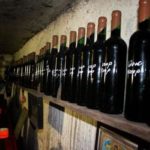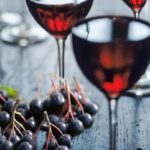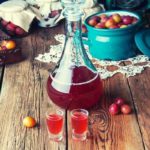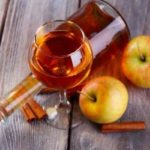Winemakers keep the secrets of making a wonderful drink and pass them on from generation to generation. But the technology of making wine has been known since ancient times; knowing simple rules, anyone can prepare the drink on their own. Let's look at how to make homemade wine from grapes or other fruits and berries. Once the technology is mastered, you will have your own recipes and secrets that will make your homemade drink unique and refined.
- What you need to make the drink
- Stages of making wine at home
- Rules for selection and preparation
- Grinding raw materials, or obtaining pulp
- Pulp fermentation
- Wort preparation
- Fermentation of wine must and its clarification
- Clarifying wine with gelatin
- Separation of wine from sediment
- Bottling and storage
- Features of preparing different types of wine
- Dry
- Red
- White
- Pink
- Fortified
- Sparkling
- Drink storage rules
- Popular recipes
What you need to make the drink
To prepare wine using home technology you will need:
- pulp fermentation container;
- bottles;
- masher, spatula for mixing;
- water seal (glove);
- flexible hose for removing wine from sediment.
Containers and accessories are washed, disinfected and thoroughly dried before use.
Stages of making wine at home
It’s as if nature made sure that people could make wine - the substances that cause fermentation are found on the fruits. The main task of novice winemakers is to properly collect and prepare raw materials, creating conditions for starting the fermentation process. In further production, it is necessary to follow the sequence of work and maintain the necessary time frames for the drink to ferment and ripen.
Rules for selection and preparation
The traditional raw material for wine is grapes. Wine varieties release juice and ferment better. It is better to use them for home cooking. Basic rules for choosing grapes:
- select only fully ripened brushes - without signs of immaturity, spoilage, or mechanical damage;
- cleaning is carried out in dry weather - there should be no moisture on the brushes;
- the grapes are not washed - the coating contains substances that trigger fermentation;
- the berries are removed from the brushes.
Treatment of the plantation with chemicals, if necessary, is done long before harvesting so that no traces of harmful substances remain on the fruits.
Grinding raw materials, or obtaining pulp
The integrity of the grapes must be broken so that the juice begins to drain. To do this, the grapes are crushed - by hand, with a potato masher.The pressure should not be too strong to avoid damaging the bones. Therefore, blenders, presses, and meat grinders are not used.
Place the prepared pulp in containers that are not subject to oxidation - in stainless steel, enamel, glass pans. Traditionally, wooden barrels are used, which are pre-washed and dried.
Pulp fermentation
The container with the wine preparation is covered with a cloth and tied to prevent insects from entering. The composition is stirred 1-2 times a day to facilitate fermentation. When all the cake has floated to the surface and turned into a dense mass, it is removed and squeezed out. The juice should be free of grape particles.
Wort preparation
The juice should continue to ferment. To do this, it is poured into containers that can be hermetically sealed - glass bottles, jars, barrels. It is necessary to prevent the wort from coming into contact with air. For this purpose, water seals are made. Close the container tightly, insert a tube into the lid, and put its end into the water.
During fermentation, gases are formed, so the container is filled to 2/3 of the volume. The gases will flow out of the bottle through the tube. The simplest way to replace the gas outlet tube is to tightly put a surgical glove on the neck and tie it, using a needle to make several holes in the rubber.
Fermentation of wine must and its clarification
How to ensure taste and proper fermentation:
- the bottle is kept out of direct sun, in a bright room;
- temperature - 18-28 °, low temperatures stop fermentation, high temperatures lead to the formation of alcohols that impair the taste.
Most grape varieties require added sugar to improve flavor and maintain fermentation. It is introduced 2-3 times depending on the taste of the wort. The first time - 2-3 weeks after bottling.
The amount of sugar is 50 grams per liter. Part of the liquid is poured out of the bottle, the entire volume of granulated sugar is dissolved and returned to the general container.
Before adding sugar, you need to taste the wort. If it is sweet, fermentation is active, a too strong and sugary drink is not required, no sugar is added. During the fermentation process, the wort gradually brightens and matures.
Clarifying wine with gelatin
Gelatin will help remove cloudiness from wine, clarify it, and stimulate the formation of sediment. For 5 liters of wine, take an incomplete tablespoon of gelatin. Pour it with a tablespoon of cold water and wait until it dissolves and swells (1-2 hours). Add the same amount of boiling water and stir until smooth. After cooling, pour into wine with constant stirring.
Leave the drink to re-ferment for 2-3 weeks using a water seal. Wait for the turbidity to precipitate.
Separation of wine from sediment
The completion of fermentation is indicated by:
- no gases escaping through the water seal (gloves fall off);
- clarification and transparency of the liquid;
- formed sediment.
The wine should be drained promptly so that the taste does not deteriorate. The bottle is placed on a raised platform, the flexible hose is lowered and, after sucking, it begins to pour into another container. It is important not to touch the sediment - leave it in place.
Important: if the wine is not sweet enough, you can add sugar and put it on for further fermentation by installing a water seal.
The container is filled to the top, then the process of quiet (inactive) fermentation occurs. The wine is drained from the sediment regularly.
Bottling and storage
When the sediment stops forming, the drink is transferred to bottles, leaving a gap of a couple of centimeters to the cork, and sealed. Store in a cool, dark place (cellar).Ripening occurs from several months to one and a half years. The quality is constantly improving.
Features of preparing different types of wine
At home, you can make different types of wine, including the healthiest, according to nutritionists, dry drink. The color of the product depends on the types of grapes used, the strength depends on the percentage of sugar and alcohol.
Dry
Sugar is not used at all to prepare the dry drink - fermentation is provided by fructose in the grapes. Therefore, only the sweetest grape varieties are chosen - with a sugar content of 15-22%. If you supply wine from low-quality raw materials, it is no longer possible to improve the taste.
Information: dry wines are produced with a strength of 8-11 °, the taste depends only on the quality of the grapes.
Red
After clarification during fermentation, dark grapes produce a red drink. These are the most tart and aromatic types of natural wines. To prepare a quality product, you need to maintain a temperature of 22-29 °. The sweeter the grapes, the more refined the taste. Artificially adding large amounts of sugar is undesirable; in this case, it will not be possible to make wine with a natural taste. Readiness occurs 2-3 months after bottling.
White
It is recommended to serve white wines with pure juice - the solid components are separated immediately. Green grapes are used as raw materials.
Making such drinks is easy and quick - quiet fermentation takes no more than 2 months.
Pink
Mixing dark and green grape varieties when making homemade wines will result in a pink-colored drink. The composition must be prepared taking into account the combination of grape flavors, not forgetting that dark varieties are more fragrant and tart and can completely cover up the delicate aroma of light varieties.
Fortified
The following technologies are used to make fortified wine:
- increased sugar input - when adding 1% sand, the strength rises by 0.5%;
- fastening with alcohol - permissible additive - 2-15% of the volume.
Note that the latter method worsens the taste, introduces an alcoholic smell into the finished product, and deprives it of naturalness.
Sparkling
To make the wine sparkling, it is bottled when fermentation begins to subside (after 14-28 days). Champagne bottles are used for bottling. The main thing in preparation is to properly seal with natural corks with bridles. The bottles are placed at an angle for storage so that the cork is wet.
Drink storage rules
The ideal storage location is a dark basement with a constant temperature of 6-8 °. At home, you need to provide the wine with a dark place with a temperature of 10-15 °. Humidity is maintained within 60-80%. Bottles need complete rest. With natural stoppers, the bottles are placed horizontally.
Popular recipes
Step-by-step recipe for making dry wine - from sweet varieties Pinot Noir, Solaris:
- Preparing juice. Crush the fruits and keep in a container for 12-18 hours. Squeeze out the juice and pour into a bottle.
- Install a water seal.
- Allow the wort to ferment for 3 weeks at a temperature of 22-28 °.
- Drain off the sediment. Let it ferment for 3 weeks in a closed jar.
- Remove the sediment again and leave for another month.
Pour into bottles and store.
You can make delicious wine with your own hands from the popular Lydia variety. You will need 3 kilograms of sugar per 10 kilograms of raw materials. The pulp is kept in a container covered with a cloth for 5 days. Then the juice is drained and squeezed. Pour into a bottle with a water seal or a simple rubber glove, adding 2 kilograms of sugar. Add the remaining sugar after 14 days. The total fermentation time is 3-4 weeks.After bottling, keep in the cellar for at least a month.
Making wine at home is creative and exciting. In the process of preparation, recipes are improved, and winemakers acquire the necessary skills and secrets. It will take a lot of time to prepare wine, but the result will be worth all the effort.

